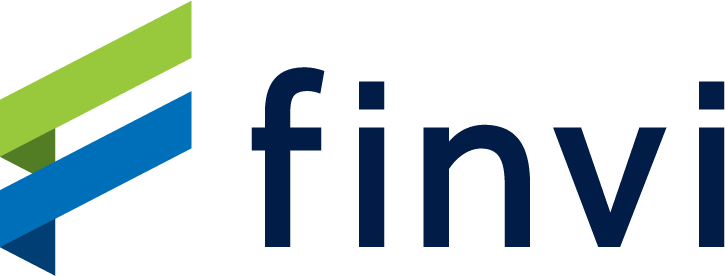How to unleash the true value of your remote reps using workforce management

A data-driven management approach to revenue cycle that empowers your staff could effect sweeping change for improved long-term financial health.
Healthcare providers’ ongoing attempts to collect from payers can incur steep operating and opportunity costs. Unfortunately, the biggest cost drivers — and the best way to combat them — can elude even the most determined revenue cycle leaders.
In many provider organizations, representatives’ daily activity is largely discretionary and out of view. The accelerating trend toward remote work, which by all accounts is here to stay, is further limiting providers’ ability to speed time to revenue and bend the cost curve. With few insights and scant oversight, reps move at their own pace, aiming for their daily target of accounts worked — often the sole measure providers use to gauge the health of their accounts receivable (A/R) process.
If this is the current state of your operation, targeting productivity and revenue leaks on the back end of the revenue cycle might seem beyond your capability. But with a data-driven management approach that empowers your staff, you could effect sweeping change for improved long-term financial health.
Are your biggest revenue drains hidden in plain sight?
Before reps can connect with payers to follow up on accounts, they must spend a fair amount of time preparing upfront. They’re jumping between work queues, selecting which accounts to work, deciding between a phone call or website visit, navigating interactive voice responses (IVR) systems and waiting on hold, engaging payers, and then deciding and recording next steps.
Now, consider the cost of incorrectly prioritizing accounts, or visiting the portal when a call is warranted, or spending up to 10 minutes or more on hold, or connecting with a payer only to learn that the claim has already been paid.
These wasted touches can comprise as much as a third or more of a rep’s contacts. If these inefficiencies are happening daily across your entire team, the revenue you’re losing and failing to capture can be significant. The good news is, at nearly every stage of this process, there are opportunities to improve reps’ capacity and performance and improve A/R outcomes.
3 keys to strengthening your remote workforce and your revenue cycle
An effective performance management program — one that lowers the cost to collect, increases opportunities to collect and reduces days in A/R — works on multiple levels. It first helps ensure standardization of practices, then outlines a path to progress for individual reps, and finally informs process improvements that optimize the workflow.
If you’re committed to making the most of your remote talent and achieving your highest revenue potential, start by focusing on these three imperatives.
1. Real-time visibility into reps’ daily activity
For providers managing remote teams, total accounts worked for the day might be the only performance metric available. Because this is a lagging indicator of productivity, it won’t reveal why reps fall short of their daily target or how many accounts you could potentially touch with the staff you currently have.
To define and achieve your ideal state, you need to have real-time visibility into the leading indicators that drive productivity such as:
- How effectively reps are prioritizing accounts
- How much time lapses between working accoun
- How long reps are waiting on hold for payers
- Which/how many accounts reps are working on each payer call
- Average time it takes to work an account
These and other measures can help inform goal setting, coaching and quality assurance. Reps enjoy the benefits of real-time input and meaningful reviews, along with a quality assurance (QA) scorecard that’s more focused on process than outcome so reps can use it to self-improve. In addition, broader issues or trends can be easily identified and addressed in a timely way.
2. Reps empowered to deliver more value
Simplifying your reps’ workflow can transform the claim follow-up process. Accounts can be automatically prioritized and perpetually queued up for reps, as the system dials payers, navigates IVR and payer hold times and continually launches new rounds of calls just before they connect. Meanwhile, dynamic look-ahead content arms reps with the information they need, the moment they need it to work multiple accounts on a single payer call or web portal.
With upfront decision-making now off the rep’s plate, and time spent waiting to connect reduced by as much as 80%, reps are free to apply their energy and skills to high-yield tasks — i.e., interacting with payers and deciding next steps.
3. Data-driven process improvements
An aggregate view of account and performance data can be used to drive process improvements. For example, deferment times can be adjusted so accounts that have already been paid don’t show up in reps’ work queues and lead to unnecessary touches. If reps are having difficulties with certain payers, the data will point the way toward process changes that could make those contacts more productive.
Revenue cycle leaders can look at the data from many different angles to create a virtuous cycle of improvement and build a more robust revenue cycle. With data-driven performance, process and workflow management, you’ll have the tools and the power you need to break through barriers you never knew you had.
Hospitals, health systems, and RCM outsourcers across the U.S. are improving revenue cycle efficiency, productivity, and performance with ease—without disrupting their EHR setup or workflows. To learn more, visit Finvi.com.






